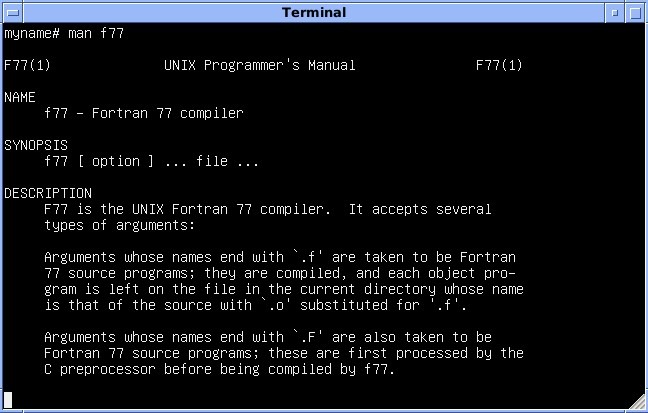Fortran (formerly FORTRAN; derived from the phrase “formula translation”) is a computer programming language that is specially developed for numeric computation and scientific computing., that is why it is frequently referred to as a scientific language.
One of the first high-level languages, Fortran was developed by a team of International Business Machines (IBM) programmers led by John Backus in 1957. Before Fortran, computer programmers were required to program in machine (first-generation) language or assembly code, a task that was extremely difficult, complicated, and time-consuming, not to mention the awful chore of debugging the code.
Frustrated with the dreadful and burdensome nature of such programming, Backus had to search for a much simpler and more accessible way to communicate with computers, leading him to develop Fortran. He formed a diverse team of ten IBM employees to create a computer language that would combine an English shorthand and algebraic equations.
When Backus and IBM were still developing Fortran, their objective was to create a programming language that would be easy and simple to learn, ideal for a wide variety of tasks, ad machine-independent. It would also enable complex mathematical expressions to be stated in the same way as algebraic notation while still being nearly as efficient in execution as an assembly language.
The creation and development of Fortran marked a significant stage in the development of computer programming languages. It would shorten the process of programming and make computer programming much more accessible than before.
Since Fortran was a lot easier to code, programmers were able to write programs 500% faster than ever before, while execution efficiency was reduced to only about 20%. This enabled programmers to focus on the problem solving aspects of a problem, instead of focusing on coding. With the creation of an efficient higher-level (e.g. natural) language, also called a third-generation language, computer programming moved beyond a small clique to involve scientists and engineers, who were instrumental in expanding the use of computers.
Fortran was not only the first high-level language, but it was also of its compiler, which is recognized as giving rise to “compiler theory,” a branch of computer science. These are the things that make Fortran so innovative at the time. Many years after its development and initial release, Fortran had developed several dialects due to the programmers making adjustments to make it better and more efficient and suit their personal needs. This made transferring programs from one machine to another increasingly problematic.
Thus, these issues led the American Standards Association (presently the American National Standards Association) to release the first standard for a programming language in 1966. The first standardized version became the FORTRAN 66.
Fortran has significantly progressed since its initial release. There have been several different Fortran versions and specifications, including:
- FORTRAN
- FORTRAN II
- FORTRAN III
- IBM 1401 FORTRAN
- FORTRAN IV
- FORTRAN 66
- FORTRAN 77 – ANSI X3J3 / 90.4
- Fortran 90
- Fortran 95
- Fortran 2003
- Fortran 2008
- Fortran 2018
Through allowing the creation of natural-language programs that operated as efficiently as hand-coded counterparts, Fortran became the leading programming language during the late 1950s. Since then, it had been updated a number of times during the 1950s and 1960s to keep its competitive edge against newer and more contemporary programming languages. However, fourth- and fifth-generation languages largely replaced Fortran outside academic circles during the 1970s. They were followed by further updates from the 1990s up to the 2010’s.
Fortran formed the basis for several other programming languages, including the better-known BASIC, which was derived from FORTRAN II. It remains one of the top languages in industrial and scientific programming – of course, along with the constant updates.
Fortran’s development began a $24 billion-dollar industry in the computer software world, aside from spearheading the development of subsequent high-level programming language. It has been used to program a wide variety of applications that range from air traffic control systems to computer games to numerous scientific and military applications.

